Ankle Stability and Injury Prevention: Exercises and Tips for Athletes
As an athlete, the health and stability of your ankles are crucial for maintaining peak performance and reducing your risk of injury. Whether you’re sprinting down the court, landing from a jump, or pivoting on the field, your ankles provide the foundation for your movements.
Unfortunately, ankle sprains and other injuries are common among athletes, often sidelining them for weeks or even months. The good news is that improving ankle stability can significantly reduce your risk of injury.

The Importance of Ankle Stability for Athletes
Your ankles are tasked with absorbing shock, supporting your body weight, and maintaining balance during dynamic movements. Weak or unstable ankles increase the likelihood of rolling or twisting the joint, leading to sprains, strains, and other injuries.
Ankle stability refers to the strength and control of the muscles, ligaments, and tendons surrounding the joint. With proper stability, your ankles can respond to sudden changes in direction, uneven surfaces, and high-impact movements, all while maintaining balance and reducing stress on the joint.
Athletes, particularly those involved in sports like basketball, soccer, running, and gymnastics, are prone to ankle injuries due to the repetitive and high-impact nature of their movements. Strengthening the muscles around the ankle can improve stability and reduce the risk of injuries, ensuring that athletes can perform at their best.
Common Causes of Ankle Injuries in Athletes
Poor Ankle Stability
Weakness in the muscles around the ankle leads to instability, making the joint more susceptible to sprains. Repeated injuries can further weaken the ligaments, creating a cycle of instability.
Sudden Changes in Direction
Sports like soccer, basketball, and tennis often require quick pivots and turns, placing immense stress on the ankle joint. If the foot plants awkwardly, it can easily roll or twist, causing a sprain or strain.
Jumping and Landing
Athletes involved in volleyball, basketball, and gymnastics frequently jump and land, which can put significant pressure on the ankle joint. Incorrect landing techniques can lead to injuries, especially if the ankle rolls upon impact.
Uneven Surfaces
Running or playing sports on uneven surfaces increases the risk of twisting an ankle. Trail runners and soccer players, for example, must remain extra vigilant on these types of terrains to prevent missteps.
Exercises to Improve Ankle Stability
Improving ankle stability requires strengthening the surrounding muscles and improving balance and proprioception (your body’s awareness of movement and position). Here are some exercises to help you strengthen your ankles and prevent injuries:
Always speak with your healthcare provider before starting any new exercise program to ensure it is safe and effective for you.
Calf Raises
Calf raises strengthen the calf muscles, which support the ankle and improve its stability.
- Stand with your feet hip-width apart.
- Slowly rise onto the balls of your feet, lifting your heels off the ground.
- Hold for a second at the top, then slowly lower back down.
- Perform 3 sets of 15-20 repetitions.
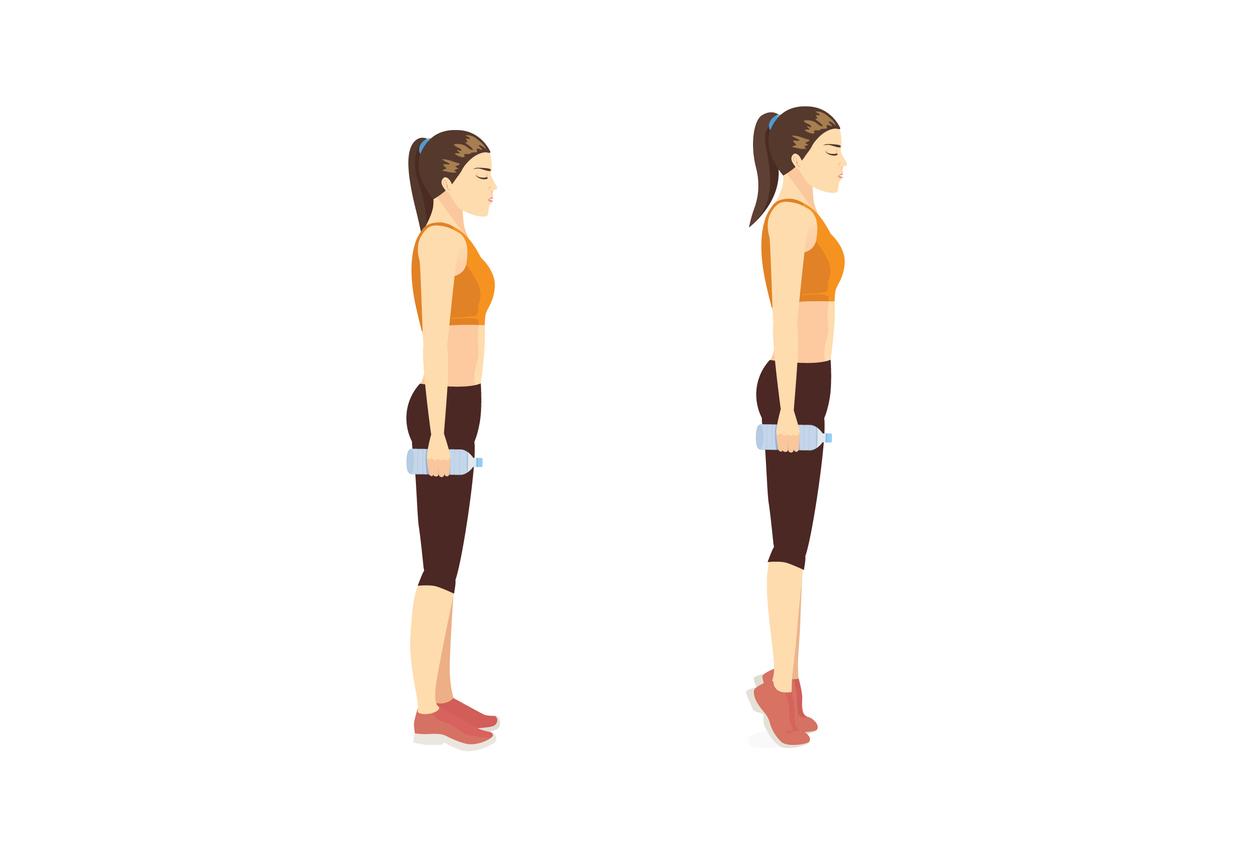
Single-leg Balance
This exercise improves balance and proprioception, helping you respond to sudden changes in position or direction.
- Stand on one foot with your other foot off the ground.
- Try to maintain your balance for 30 seconds without touching the raised foot to the ground.
- Perform 3 sets on each leg.
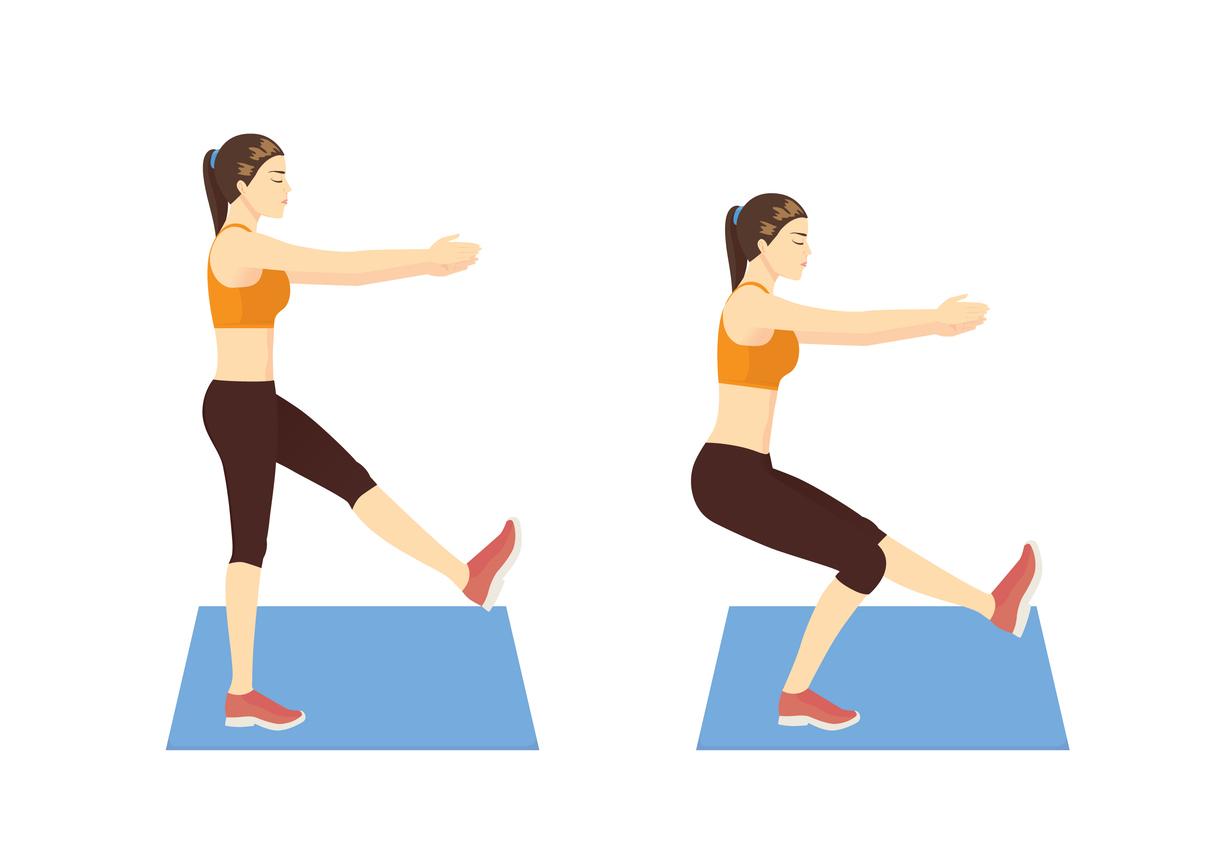
Resistance Band Ankle Exercises
Using a resistance band can help strengthen the ankle muscles and improve your range of motion.
- Sit on the floor with your legs extended.
- Loop a resistance band around the ball of one foot, holding the ends of the band in your hands.
- Point your toes forward and slowly return to the starting position.
- Then, rotate your foot inward and outward, working the ankle in different directions.
- Perform 3 sets of 15-20 repetitions for each motion on both feet.
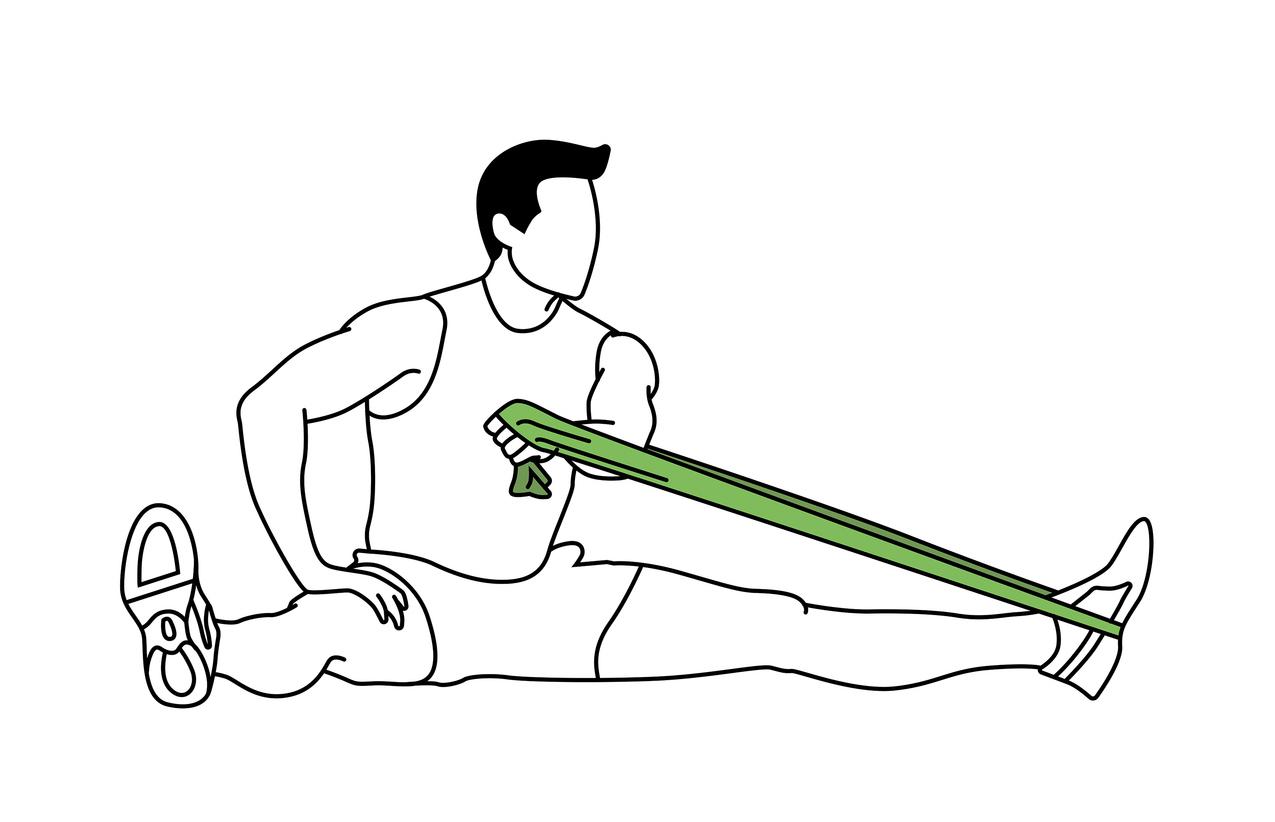
Ankle Circles
Ankle circles improve flexibility and mobility in the joint, reducing the risk of stiffness and injury.
- Sit or stand with one foot off the ground.
- Slowly rotate your foot in a circle, making sure to move through the full range of motion.
- Perform 10 circles clockwise, then 10 circles counterclockwise.
- Repeat on both ankles.
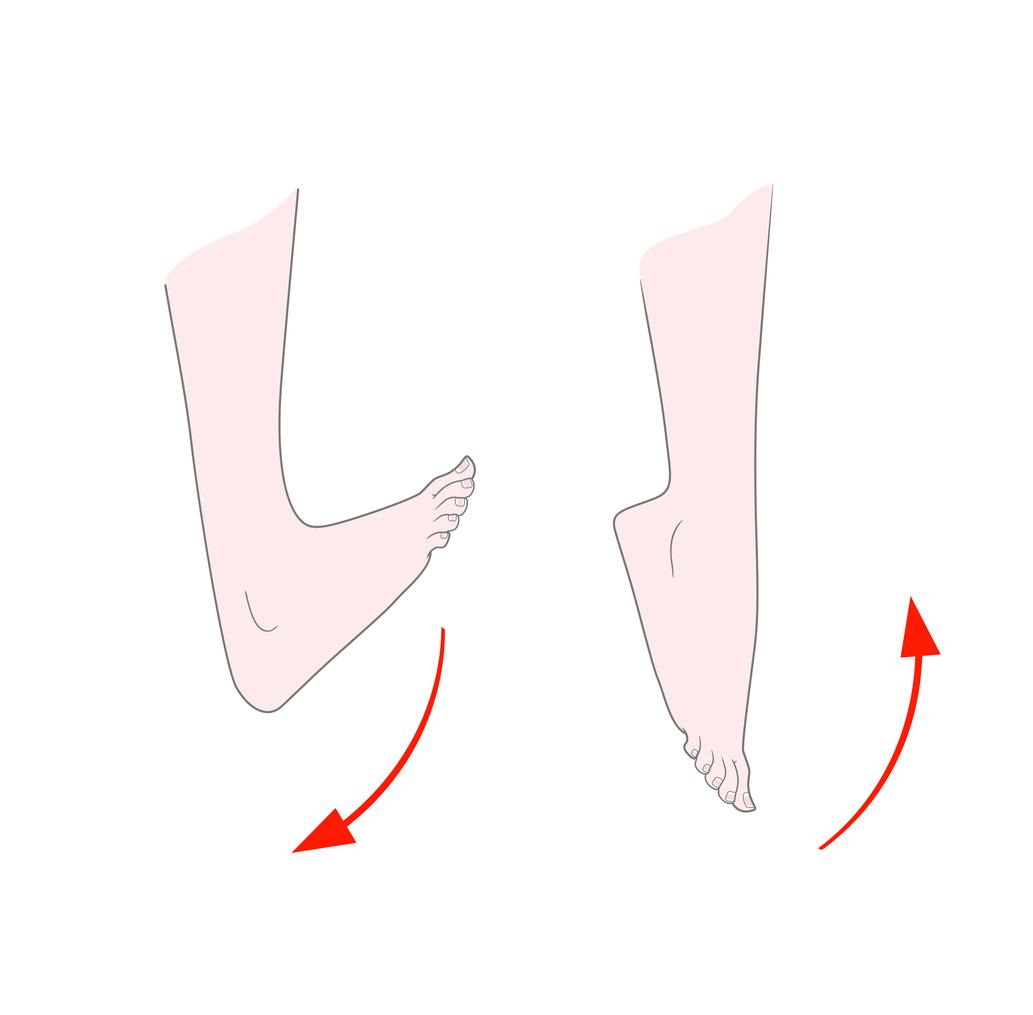
Lateral Hops
This dynamic exercise helps improve balance, stability, and ankle strength.
- Stand on one leg with a slight bend in the knee.
- Hop laterally (side to side) over a line, maintaining balance and control with each landing.
- Perform 3 sets of 10-15 hops on each leg.
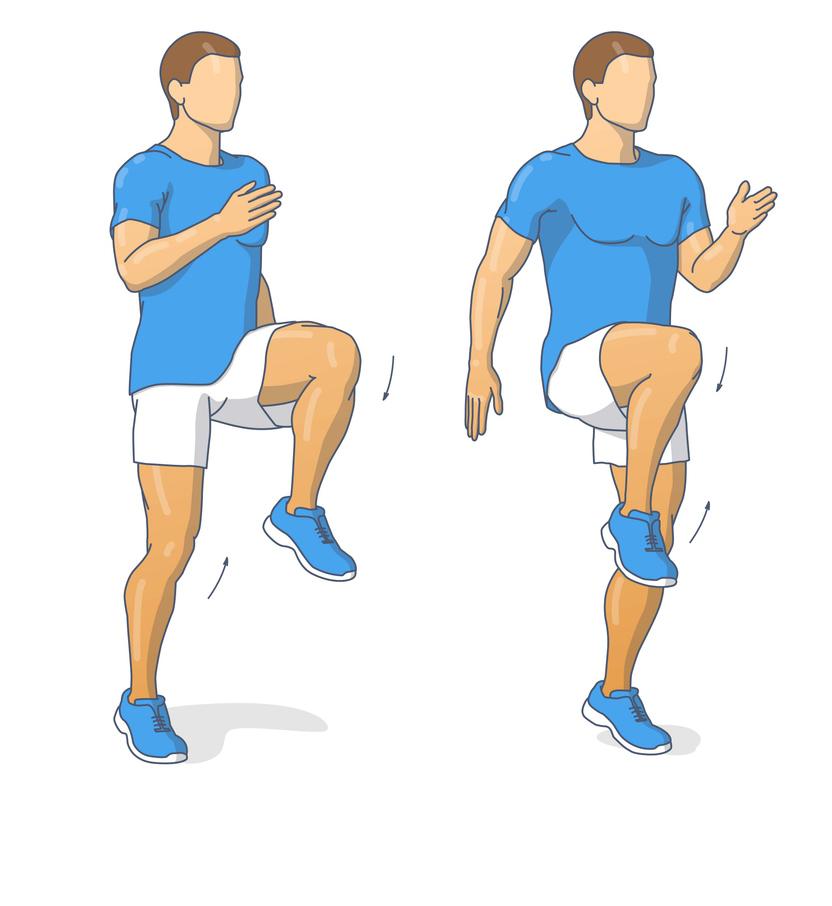
Tips for Preventing Ankle Injuries
Along with strengthening exercises, there are additional steps you can take to reduce your risk of ankle injuries:
Warm-up Before Activity
A proper warm-up increases blood flow to the muscles and prepares your joints for physical activity. Dynamic stretches and light cardio can help improve flexibility and reduce the risk of injury.
Wear Proper Footwear
Wearing appropriate shoes for your sport is essential. Shoes with good arch support and proper fit help stabilize the ankle and reduce the risk of rolling or twisting the joint. Replace worn-out shoes regularly to maintain the best support.
Tape or Brace Weak Ankles
If you have a history of ankle injuries, taping or bracing your ankles before activity can provide extra support and stability. This can be particularly useful for sports with quick lateral movements or high-impact landings.
Strengthen the Whole Lower Body
While focusing on ankle-specific exercises is important, strengthening the entire lower body can also improve overall stability. Exercises targeting the quads, hamstrings, glutes, and calves help create a solid foundation, reducing the strain on the ankles during physical activity.
Gradual Progression
Avoid jumping into high-intensity training too quickly, as this can lead to overuse injuries. Gradually increase the intensity, duration, and complexity of your workouts to give your body time to adapt and strengthen.
What to Do If You Suffer an Ankle Injury
Despite your best efforts to prevent them, ankle injuries can still occur. If you suffer an ankle sprain or other injury, follow the RICE method for initial treatment:
- Rest: Avoid putting weight on the injured ankle and give it time to heal.
- Ice: Apply ice to the affected area for 15-20 minutes every few hours to reduce swelling.
- Compression: Use an elastic bandage or compression wrap to minimize swelling and provide support.
- Elevation: Elevate the injured ankle above heart level to help reduce swelling.
If your symptoms persist or worsen, it’s essential to seek medical attention. At Motion Orthopaedics, we specialize in diagnosing and treating ankle injuries. Our team can create a personalized treatment plan, including physical therapy, bracing, and in some cases, surgery, to help you recover fully and prevent future injuries.
Strengthen Your Ankles and Stay Injury-free with Motion Orthopaedics
Don’t let weak ankles hold you back from performing at your best. At Motion Orthopaedics, Dr. Mitchell Tarka can help you develop a tailored plan to improve ankle stability, prevent injuries, and recover from any existing issues. Contact him today to request an appointment by calling (314) 900-0558 and take the first step toward stronger, more stable ankles.




